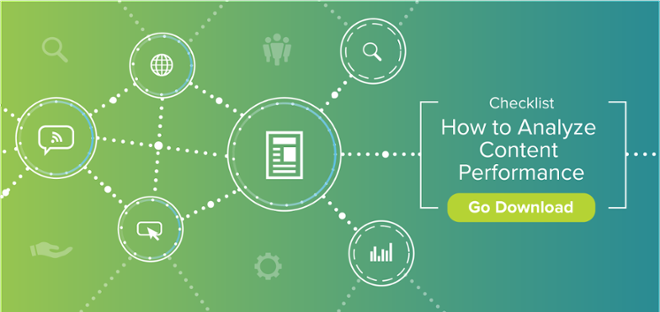Tips for choosing a medical aid

It’s the time of year when medical schemes announce revised contributions, benefits and enhancements for the year ahead. With all the options it can be a little confusing, which is why you need to be smart by doing due diligence to ensure you choose a medical aid that provides the cover you need and is affordable. It’s also important to look at how you can manage your medical expenses to make your healthcare benefits last.
There are 17 open medical schemes in South Africa, each with their own set of plans and benefits. It can be a little overwhelming trying to decide what is best, which is why we advise consulting a medical aid broker or financial advisor.
Brokers are accredited by the Council of Medical Schemes (CMS) and are qualified to offer advice and support at no extra charge. Together you can work your way through the different options, ahead of choosing a medical aid plan. Brokers also know the financial stability of the schemes, which should be a consideration in the final decision.
A starting point, with or without a broker, is to compare what is available. Most medical schemes offer a range of healthcare options – from traditional medical aids through to hospital, savings, network or income-based plans that can make private healthcare more affordable.
So, what should you consider?
Affordability is key
Take a careful look at your monthly budget to determine what you can afford. The rule of thumb is that contributions should not exceed 10% of your monthly income. However you also need to take a look what the plan you’re considering offers and whether there are additional costs, such as co-payments. A medical aid co-payment is a fee that the member is liable for when making use of certain medical services. These co-payments usually apply to specialist or elective medical procedures and differ from one medical aid scheme to another.
Your health status
Assess your current health status and that of your family so that you can determine what cover you need. Specifically, consider pre-existing conditions or ailments, together with any chronic medication or treatment that you or your family make use of as well as how often you visit a doctor or specialist and what you spend on dentistry or optometry.
Then reflect on what expenses over the past year were once-off (like childbirth) and which are likely to come up time and again – such as flu. This will help you decide on whether you need a comprehensive medical aid or a hospital plan.
The fine print
It’s important to take the time to read all the information. Benefits vary from plan to plan, so you need to establish what is and isn’t covered.
Check what supplementary benefits are available that can potentially save significant day-to-day expenses. These could include preventative care benefits, ranging from basic screenings for blood pressure, cholesterol, blood sugar and Body Mass Index (BMI) measurements through to mammograms, pap smears and prostate testing. In some cases, these extend to maternity programs, dental check-ups, flu vaccinations and more.
Once you understand what is on offer, you can make an informed comparison and decision.
Managed Care
Managed Care programmes help members manage severe chronic conditions such as cancer, diabetes and HIV/AIDS. Ask whether the scheme you are considering has a managed care programme.
Medical savings
A medical scheme allocates an annual fixed amount for medical savings – you need to know what this allocation is and whether you feel it will be adequate for your needs.
Daily detail
Look at what the scheme suggests will help make your benefits last, bearing in mind the following:
- Are you required to use a specific GP, hospital network or Designated Service Providers (DSPs)? Although this helps keep costs down, you need to check the network in your area before making a final decision
- Having to be referred to a specialist by your GP?
- Does your medical plan offer additional GP consultations, which they will pay for, after you have exhausted your day-to-day benefits?
Technology
Technology and virtual care are being embraced by medical schemes, even more so since the Covid-19 pandemic. Check what is offered on the plan you’re considering and also whether you’re able to access your benefits, submit claims, find healthcare providers, WA chat and access your medical information online 24/7.
Age will impact your decision
If you have young children, ensure that the medical aid option you select provides sufficient child illness benefits. For young couples looking to start a family: Does the option provide sufficient maternity benefits? However, if you are slightly older, ensure you select an option that covers chronic conditions and provides sufficient in-hospital cover in the event of hospitalisation.
Waiting period and exclusions
The Medical Schemes Act and the specific scheme’s rules determine this. I recommend that you enquire with the relevant scheme about their exclusion list and waiting periods.
Financial stability of the scheme
With two medical schemes recently being placed under curatorship, it’s important to choose a medical scheme with a solid track record and reputation. Check the claims payment record … do they pay on time?
Equally important is the demographics and size of the scheme. Has the membership of the scheme grown over the past few years and what is the general age? And finally, take a look at the annual contribution increase, in fact a good idea is to look at the increases over the past three to five years to see how these compare with the rest of the industry.
Health is the new wealth. Your health is important, as are your finances, don’t take either for granted. When it comes to healthcare cover, invest time to research and understand what you need. If in doubt, phone the call centre, your broker or financial advisor to ensure you find the right medical scheme to walk the healthcare path with you.
Lee Callakoppen is principal officer of Bonitas Medical Fund.








